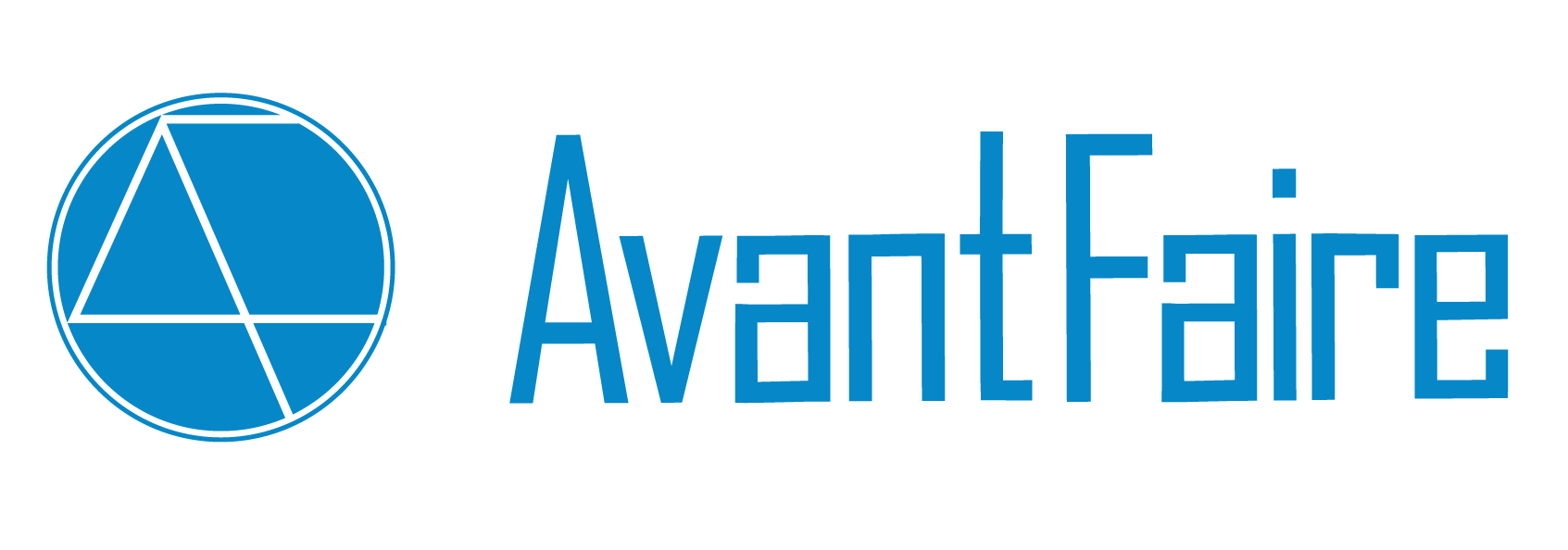(Picture: unsplash.com)
Last week we talked about intentionality, and how the concept is linked to design thinking and the theory of change.
To complement last week’s post, we will explore another key term in impact management: additionality. The Global Impact Investing Network (GIIN) defines additionality as “[…] the positive impact that would not have occurred anyway without the investment”. (Source: thegiin.org)
When addressing additionality, impact managers are mainly concerned with the following:
“What impact did I achieve with my investment?”
“What difference did my investment make to the impact generated?”
“Would this impact have happened without my investment?”
Paradoxically, the very definition of additionality might raise questions on the financial attractiveness of a project: if no capital has been allocated capital to a project before, it might be because it is not attractive enough. Impact managers might therefore steer away from such projects deemed not attractive enough, leaving “impactful” opportunities untouched.
At AvantFaire, we are committed to determine whether the capital we invested provided a positive financial and/or social added value. For this reason, we perform a thorough impact due diligence and we actively engage with our portfolio companies from day one to understand their impact goals, their strategy to achieve them, manage them, and report on them. Furthermore, in the spirit of the UN Sustainable Development Goal 17 – “Partnerships for the Goals”, AvantFaire is committed to build and nurture strong relationships with the investor community to learn, share, and apply industry best practices.
What’s your opinion on additionality, a good way to make sure the most impact is generated, or an indication that a project is not attractive enough?
Leave your thoughts on our LinkedIn page post!

